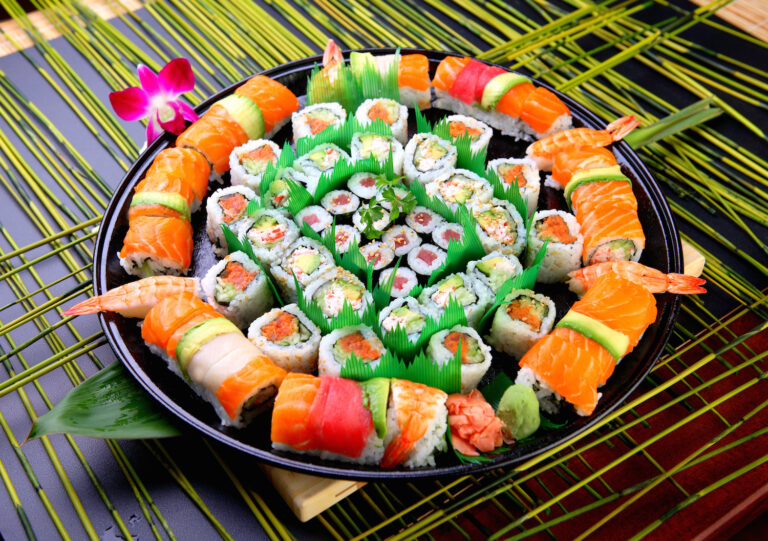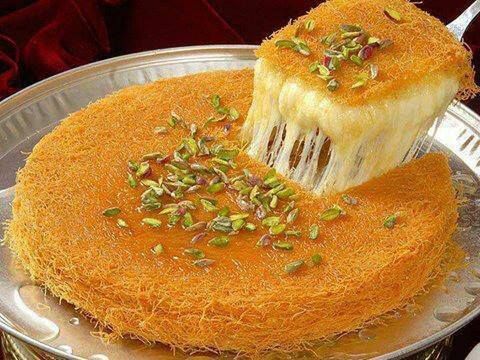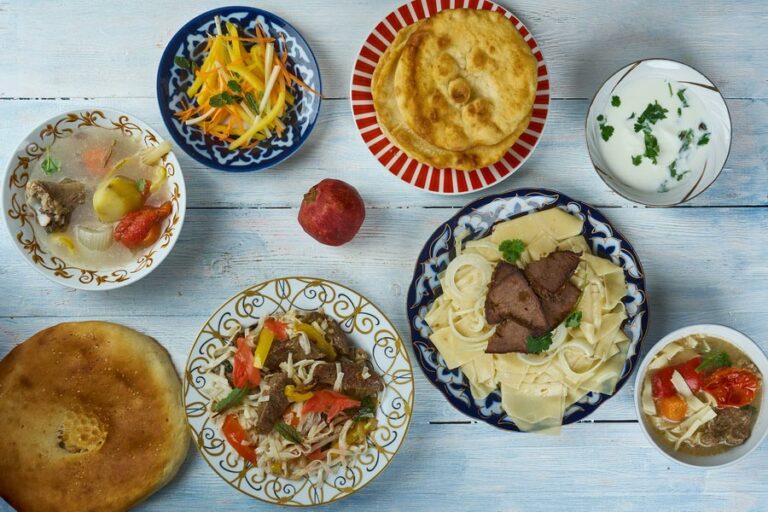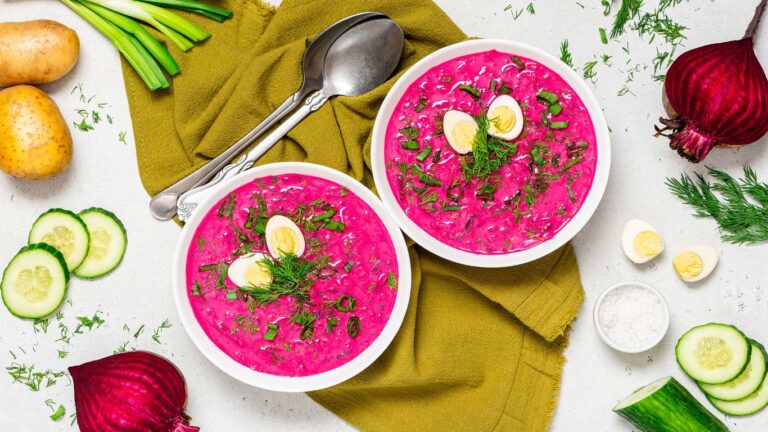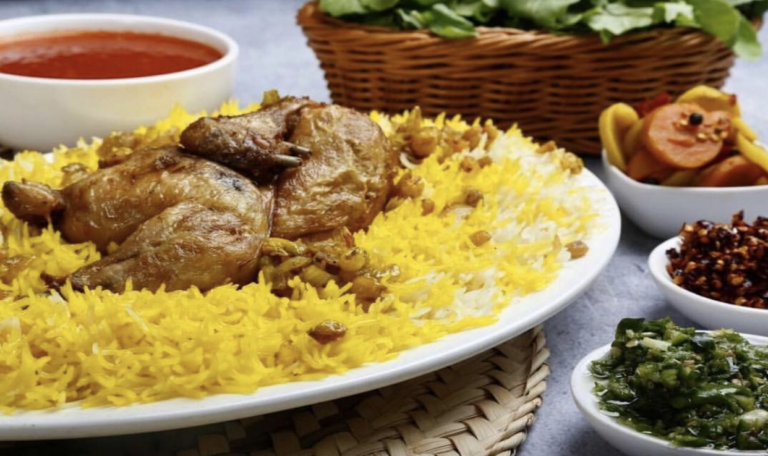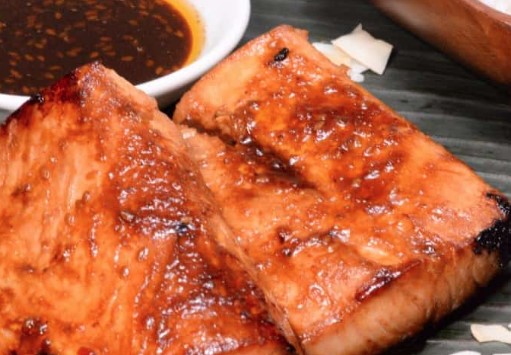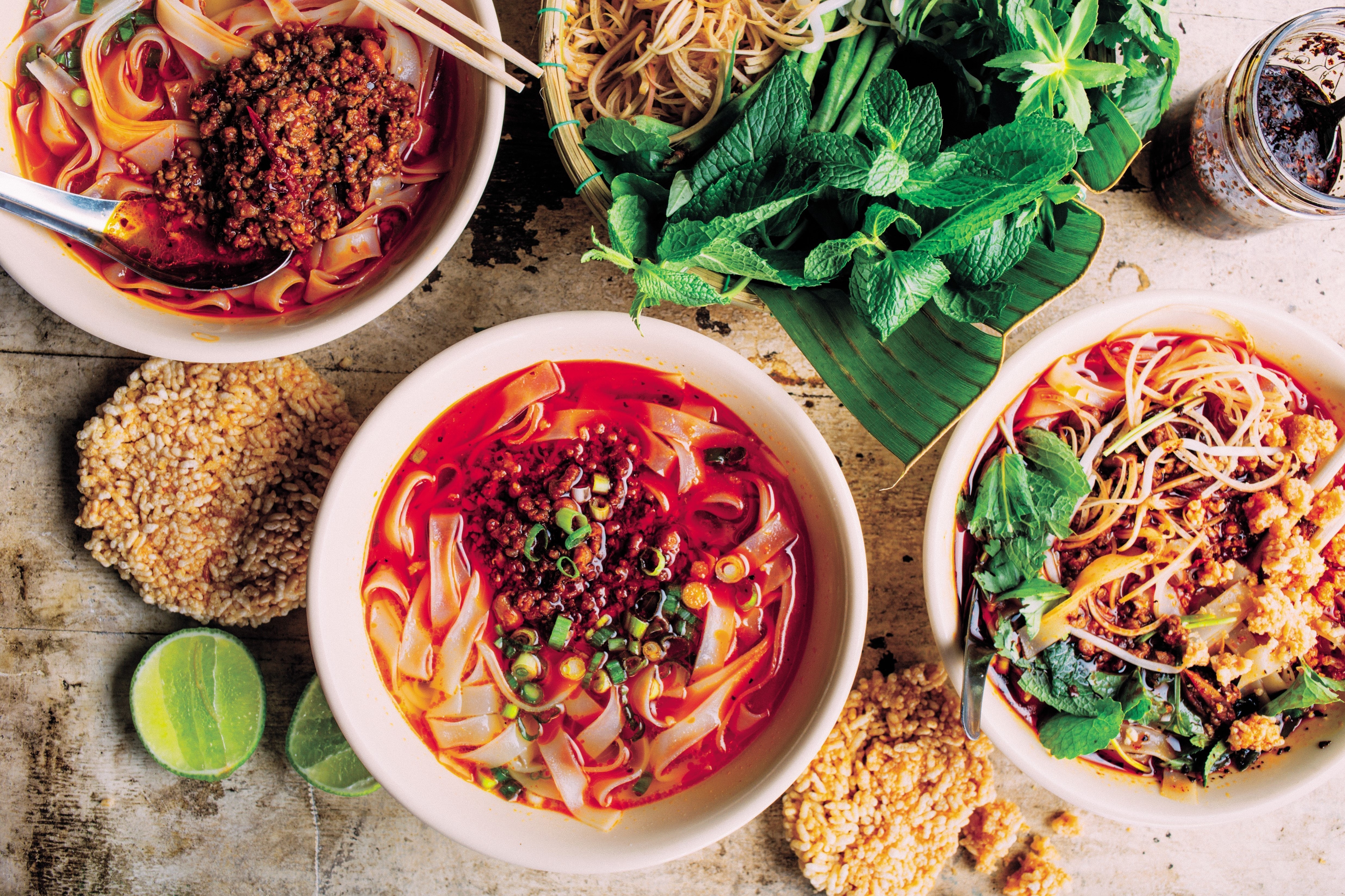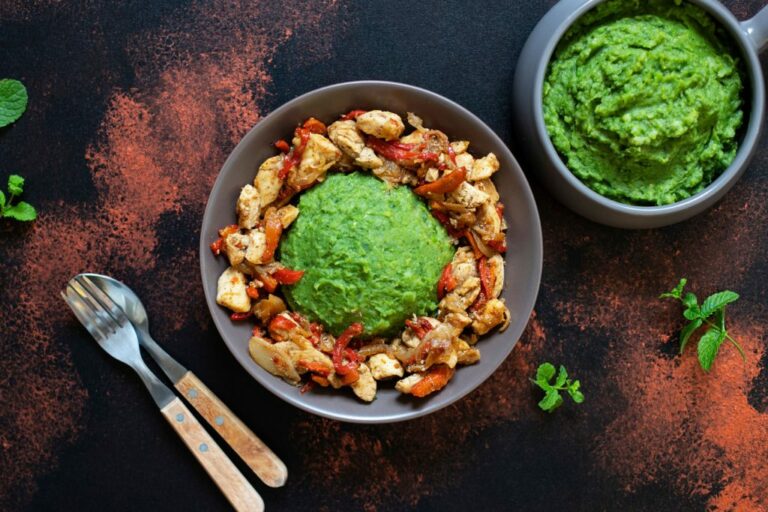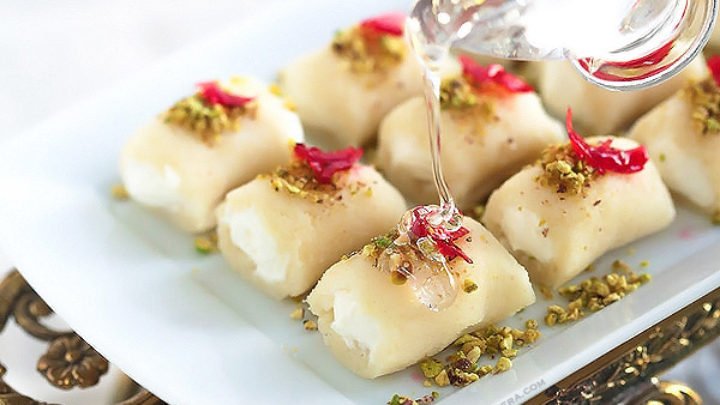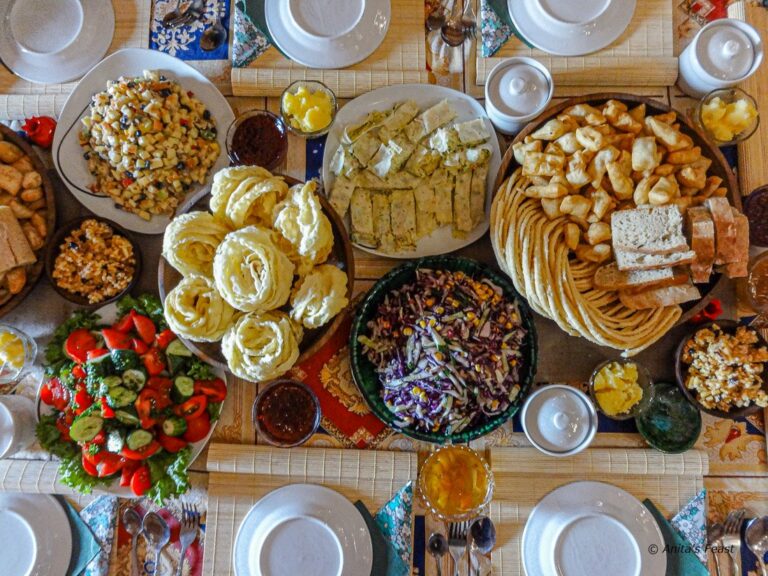Introduction: Japanese Desserts and Sweets
Japanese cuisine is famous around the world for its delicious and healthy dishes. However, when it comes to desserts and sweets, many people are unaware of the wide variety of unique and flavorful treats that Japan has to offer. Japanese desserts range from traditional to modern and are often made with natural ingredients like beans, rice, and fruit.
Traditional Japanese Sweets: Wagashi
Wagashi is a traditional Japanese sweet that has been enjoyed for centuries. These sweets are typically made with rice flour and sweet bean paste, and come in a variety of shapes and sizes. Some popular types of wagashi include mochi (sweet rice cakes), manju (sweet buns filled with bean paste), and dango (sweet dumplings on a skewer). Wagashi are often served with green tea and are an important part of Japanese tea ceremonies.
Famous Desserts from Japan: Mochi
Mochi is perhaps the most famous Japanese dessert and is enjoyed around the world. These sweet rice cakes are made by pounding steamed glutinous rice until it forms a smooth and sticky dough. Mochi can be filled with sweet bean paste, ice cream, or fresh fruit, and are often eaten during Japanese New Year celebrations.
Regional Treats: Yokan
Yokan is a traditional Japanese sweet that originated in Kyoto. This dessert is made with sweet bean paste, agar-agar (a type of seaweed), and sugar. Yokan is typically cut into small squares or rectangles and served as a snack or dessert. In some regions of Japan, yokan is enjoyed with green tea.
Modern Sweets in Japan: Crepes
Crepes have become a popular dessert in Japan, and can be found in many street food stalls and cafes. Japanese crepes are typically filled with fresh fruit, whipped cream, and sweet bean paste. They are often served with ice cream and are a popular choice for a sweet snack or dessert.
Unique Japanese Treats: Matcha-flavored Sweets
Matcha is a powdered green tea that is used in many Japanese desserts and sweets. Some popular matcha-flavored treats include matcha ice cream, matcha cake, and matcha pudding. Matcha is known for its earthy and slightly bitter flavor, which pairs well with sweet ingredients like sugar and cream.

